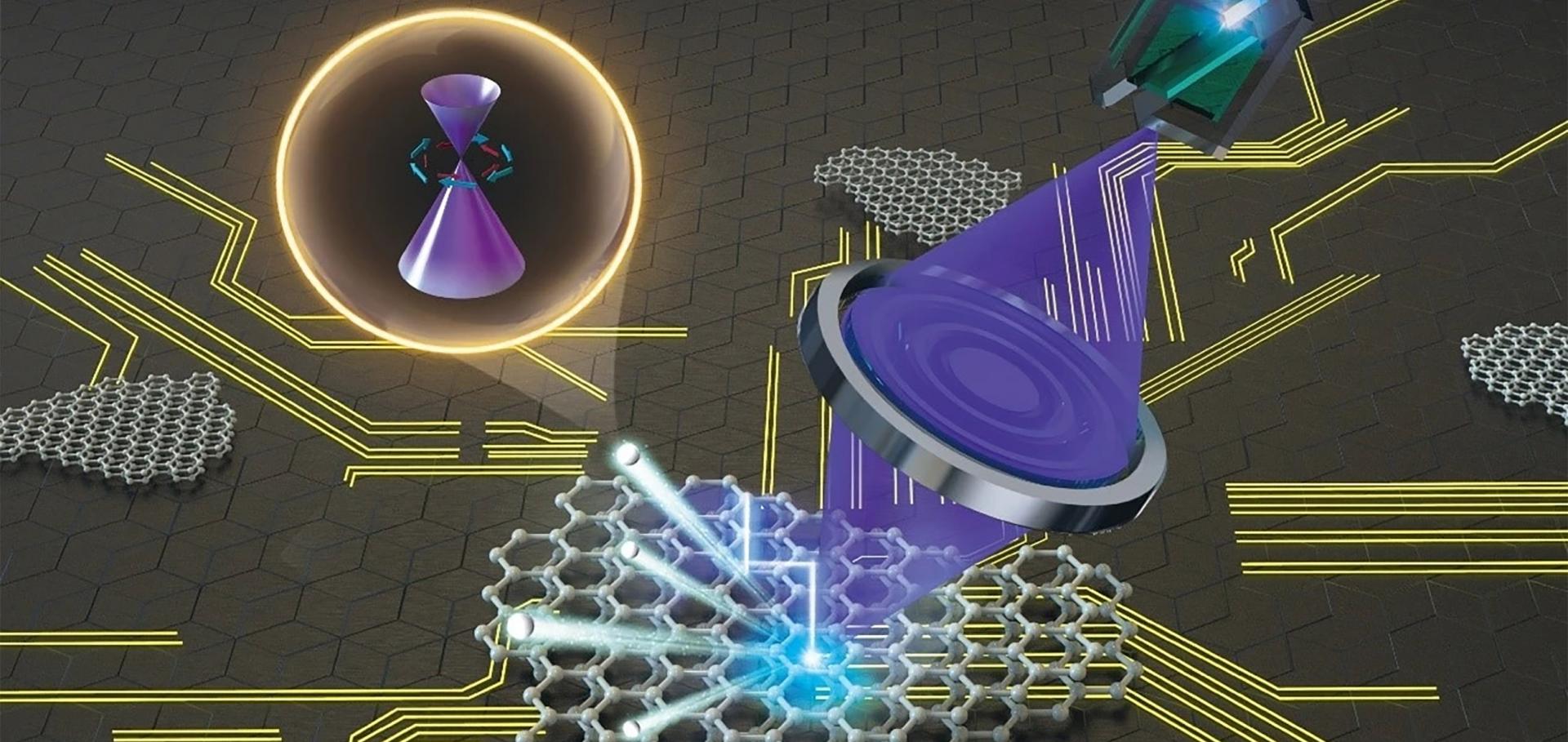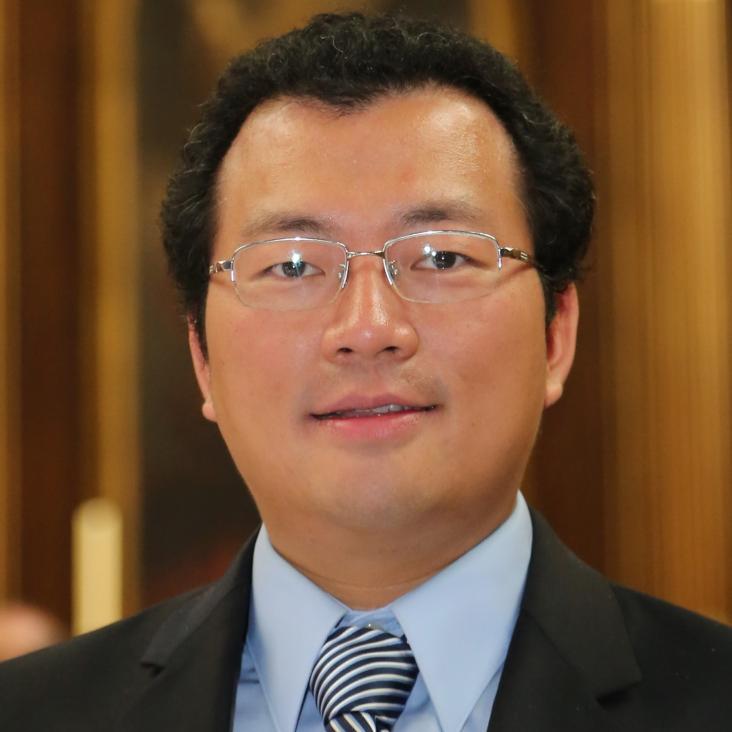Signature for non-Stoner ferromagnetism in the van der Waals ferromagnet Fe3GeTe2
Physical Review B American Physical Society (APS) 101:20 (2020) 201104
Electronic structure and spatial inhomogeneity of iron-based superconductor FeS**Project supported by CAS-Shanghai Science Research Center, China (Grant No. CAS-SSRC-YH-2015-01), the National Key R&D Program of China (Grant No. 2017YFA0305400), the National Natural Science Foundation of China (Grant Nos. 11674229, 11227902, and 11604207), the EPSRC Platform Grant (Grant No. EP/M020517/1), Hefei Science Center, Chinese Academy of Sciences (Grant No. 2015HSC-UE013), Science and Technology Commission of Shanghai Municipality, China (Grant No. 14520722100), and the Strategic Priority Research Program (B) of the Chinese Academy of Sciences (Grant No. XDB04040200).
Chinese Physics B IOP Publishing 29:4 (2020) 047401
Universal gapless Dirac cone and tunable topological states in (MnBi2Te4)m(Bi2Te3)n heterostructures
Physical Review B American Physical Society (APS) 101:16 (2020) 161113
Super resolution convolutional neural network for feature extraction in spectroscopic data
Review of Scientific Instruments AIP Publishing 91:2020 (2020) 033905
Abstract:
Two dimensional (2D) peak finding is a common practice in data analysis for physics experiments, which is typically achieved by computing the local derivatives. However, this method is inherently unstable when the local landscape is complicated, or the signal-to-noise ratio of the data is low. In this work, we propose a new method in which the peak tracking task is formalized as an inverse problem, thus can be solved with a convolutional neural network (CNN). In addition, we show that the underlying physics principle of the experiments can be used to generate the training data. By generalizing the trained neural network on real experimental data, we show that the CNN method can achieve comparable or better results than traditional derivative based methods. This approach can be further generalized in different physics experiments when the physical process is known.Electronic structure of correlated topological insulator candidate YbB6 studied by photoemission and quantum oscillation
Chinese Physics B IOP Publishing 29:1 (2020) 017304


